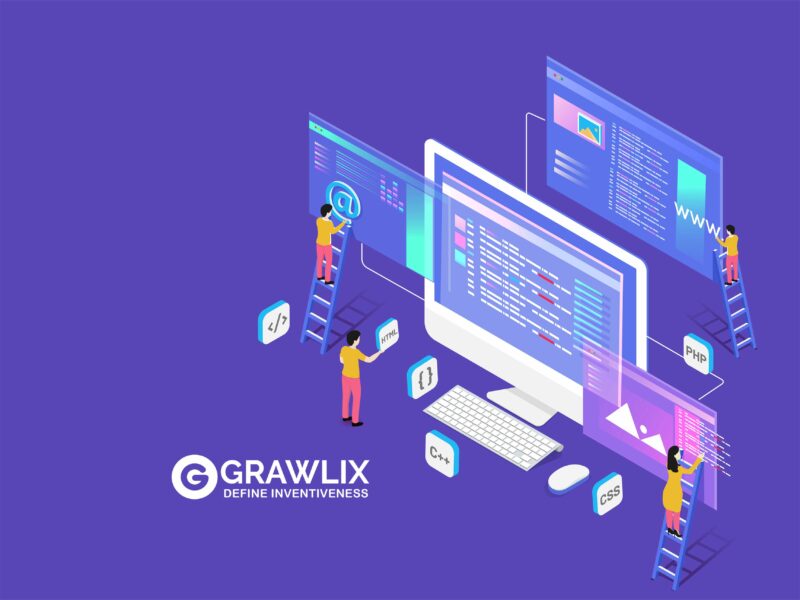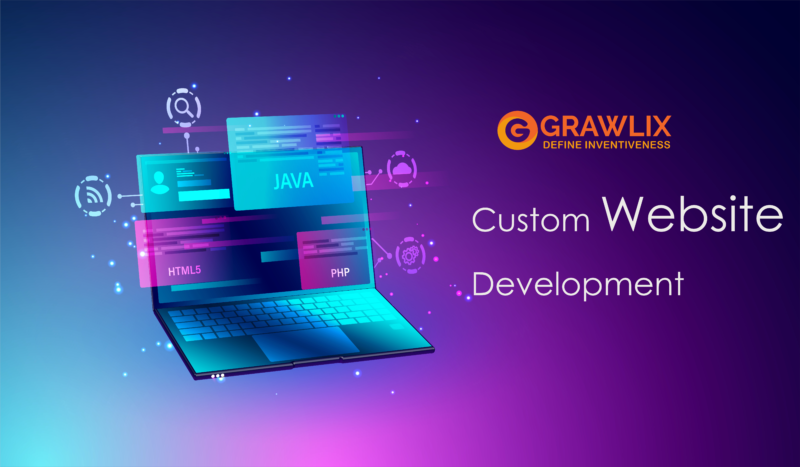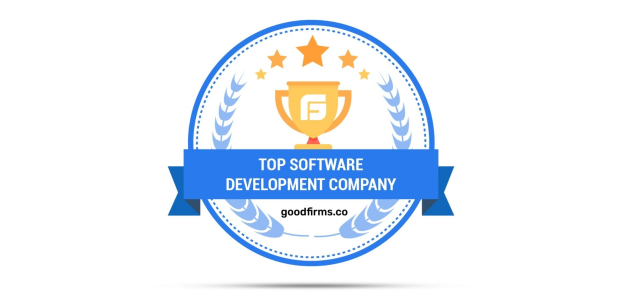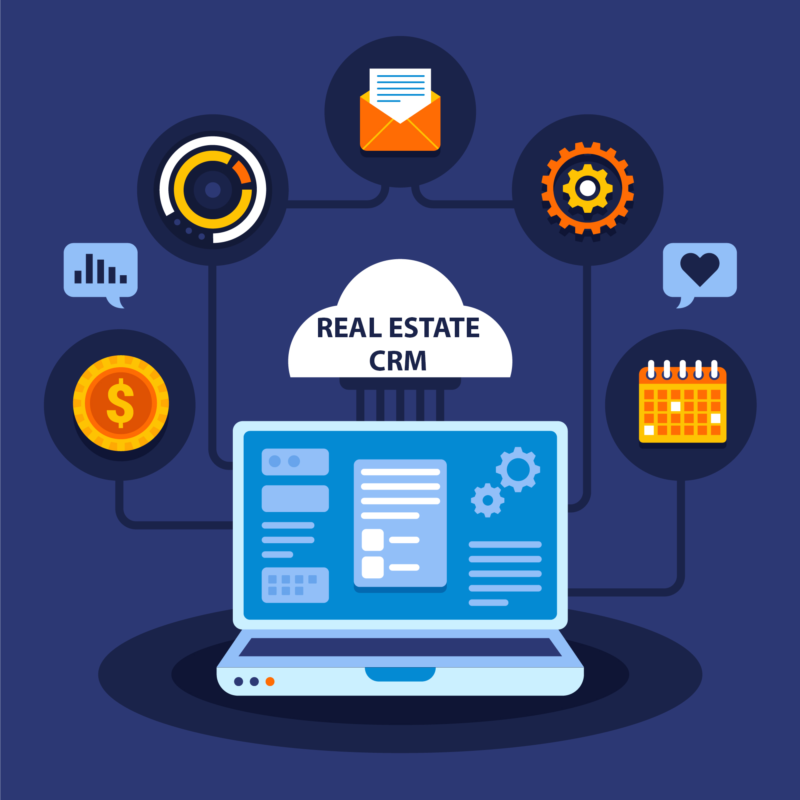
Software Development, Web Development
Web Development Services
Mrunal Pandit
Posted on February 15, 2023 - 0 Comments
Web development services encompass a wide range of activities related to the creation and maintenance of web applications and websites. These services can include design, development, testing, deployment, and ongoing maintenance and support.
Here are some of the most common web development services:
Custom Web Development
Custom web development is the process of designing and developing a website tailored specifically to the needs of a business or organization. This typically involves the use of programming languages such as HTML, CSS, and JavaScript, as well as back-end technologies such as databases and server-side scripting languages.
The custom web development process usually begins with a discovery phase, where the development team works closely with the client to understand their specific requirements and goals for the website. This may involve creating wireframes, mockups, or prototypes to help visualize the site’s design and functionality.
Once the design is agreed upon, the development team will begin building the site, incorporating features such as user authentication, content management systems, and e-commerce functionality as needed. Throughout the development process, the site will be tested and refined to ensure it is working as intended and meets the client’s requirements.
One advantage of custom web development is that it allows for greater flexibility and customization than using pre-built templates or website builders. However, it can also be more time-consuming and expensive than using off-the-shelf solutions, so it’s important to carefully weigh the pros and cons before deciding on a custom development approach.
Web Portal Development
Web portal development involves the creation of a website or web application that serves as a central hub for information, services, and communication. It typically provides a single point of access to a variety of resources, such as news, articles, documents, applications, and databases, among others.
The development of a web portal typically involves several key steps, including:
Requirements gathering: This involves identifying the specific needs and goals of the portal, as well as the target audience and user requirements.
Design and layout: The visual design and layout of the portal are developed based on the requirements and goals. This includes creating wireframes, mockups, and prototypes, and determining the information architecture and navigation structure.
Front-end development: The portal’s front-end development involves creating the visual design, layout, and interactive elements of the portal using technologies such as HTML, CSS, and JavaScript.
Back-end development: The portal’s back-end development involves creating the necessary server-side infrastructure and database to store and manage the content and user data.
Testing and deployment: The portal is thoroughly tested to ensure it is functioning correctly and meeting the requirements. Once testing is complete, the portal is deployed to a live environment.
Web portals can be used for a variety of purposes, including employee portals, customer portals, educational portals, and healthcare portals. They can help improve communication, provide easy access to resources, and streamline processes, among other benefits.
E-commerce Web Development
E-commerce development involves the creation of an online platform for selling products or services. It typically includes the development of a website or web application that allows users to browse, select, and purchase products or services online. The development process can involve a range of technologies, tools, and processes, including:
Requirements gathering: This involves understanding the specific requirements of the e-commerce platform, such as the types of products or services to be sold, the target audience, and the expected volume of traffic and transactions.
Platform selection: Based on the requirements, the development team will determine which e-commerce platform is best suited for the project. Some common platforms include Magento, WooCommerce, Shopify, and BigCommerce.
Design and layout: The visual design and layout of the e-commerce platform are developed based on the requirements and goals. This includes creating wireframes, mockups, and prototypes, and determining the information architecture and navigation structure.
Front-end development: The e-commerce platform’s front-end development involves creating the visual design, layout, and interactive elements of the platform using technologies such as HTML, CSS, and JavaScript.
Back-end development: The e-commerce platform’s back-end development involves creating the necessary server-side infrastructure and database to store and manage the product and customer data, as well as the transaction processing and order management systems.
Payment gateway integration: This involves integrating a payment gateway to allow users to make secure transactions online. Common payment gateways include PayPal, Stripe, and Authorize.net.
Testing and deployment: The e-commerce platform is thoroughly tested to ensure it is functioning correctly and meeting the requirements. Once testing is complete, the platform is deployed to a live environment.
E-commerce development can be complex, and it’s important to work with a team with experience and expertise in the field. Some benefits of e-commerce development include increased accessibility, scalability, and reach, as well as improved customer experience and streamlined operations.
Backend and API Development
Backend development and API development are two related areas of web development that involve building the server-side infrastructure and web services required to support the functionality of a web application or software.
Backend Development: Backend development is the process of building and maintaining the server-side infrastructure of a web application or software. This includes the server-side scripting, database design and management, and system architecture. Backend development is responsible for managing the data that is stored on the server and serves as a bridge between the server and the front-end or client-side code of an application. The primary goal of backend development is to provide seamless functionality for users of the application.
API Development: API development involves creating an application programming interface (API) that allows different software systems and applications to communicate with one another. APIs provide a standardized set of rules and protocols for exchanging data between different software systems, and they allow developers to build applications that can integrate with other systems. APIs can be used to retrieve data from a database, to control an application’s behavior, to access third-party services or to facilitate transactions between applications.
The key steps involved in backend and API development include:
Requirements gathering: Identifying the specific requirements of the application or software system, including data storage, data processing, and data access.
Design and architecture: Developing the system architecture and design of the backend infrastructure, including database schema design, and API structure.
Development: Writing the server-side code for the backend infrastructure, including the server-side scripting, database queries, and API endpoints.
Testing: Testing the backend infrastructure to ensure it is working as intended, meets the requirements, and is secure.
Deployment: Deploying the backend infrastructure to a live environment and ensuring that it is running correctly.
Backend development and API development are crucial to the development of web applications and software systems, and a skilled team of developers with experience in these areas is essential for building robust, reliable, and scalable systems.
MVP Development
MVP, or Minimum Viable Product, development is a methodology in software development that involves creating a basic version of a product with only the essential features required for it to function. The MVP is then launched to the market, and feedback is collected from users to further develop and improve the product.
MVP development typically involves the following key steps:
Idea generation and market research: The idea for the product is developed based on research and analysis of the target market and competition.
Feature prioritization: The essential features required for the MVP are identified and prioritized based on the target audience and market needs.
Design and development: The MVP is designed and developed using the prioritized features.
Testing and feedback collection: The MVP is tested to ensure it is functional and meets the requirements of the target audience. Feedback is collected from users to identify areas for improvement.
Iteration and improvement: Based on feedback, the MVP is iterated and improved to meet the needs of the target audience and market.
The benefits of MVP development include reduced development costs, faster time-to-market, and the ability to test and validate the product in the market before investing significant resources in its development.
MVP development can be applied to a wide range of products and services, including mobile apps, web applications, software, and physical products. It is an effective methodology for startups and businesses looking to bring new products to the market quickly and efficiently while minimizing risks and maximizing returns.
Technical Consulting
Technical consulting is a service that provides advice and guidance on technical matters related to software development and IT infrastructure. Technical consultants are experts in the field of software development and IT, and they help businesses and organizations to identify and address technical challenges and opportunities.
The key activities involved in technical consulting include:
Analysis of business requirements: Technical consultants analyze the business requirements of their clients to understand their technical needs and objectives.
Assessment of current infrastructure: Technical consultants assess the current infrastructure and software systems in place to identify areas for improvement.
Identification of technical solutions: Based on the analysis and assessment, technical consultants identify technical solutions that align with the client’s business objectives.
Recommendation of technical solutions: Technical consultants recommend the technical solutions to their clients, highlighting the benefits and drawbacks of each solution.
Implementation support: Technical consultants may provide support during the implementation of the technical solutions, including configuring software systems and providing guidance to development teams.
Evaluation and feedback: Technical consultants evaluate the effectiveness of the technical solutions and provide feedback to clients to ensure that the solutions are meeting their needs.
Some common areas of technical consulting include software development, IT infrastructure design and management, cybersecurity, and data analytics. Technical consulting can provide significant benefits for businesses and organizations, including improved efficiency, reduced costs, increased security, and enhanced customer experience.
Keep Reading...

Mobile App Development, Software Development, Web Design, Web Development March 9, 2023
Custom Website Development: Cost Breakdown in 2023
The cost of custom website development in 2023 can vary

Software Development, Web Development August 23, 2022
Top 10 Best Software Development Companies in 2022
These days, it is difficult to run a business without

Mobile App Development, Web Development August 12, 2022
CRM Software for Real Estate Agents: 6 Reasons Why They Need It?
You can be sure that manually maintaining and listing those

